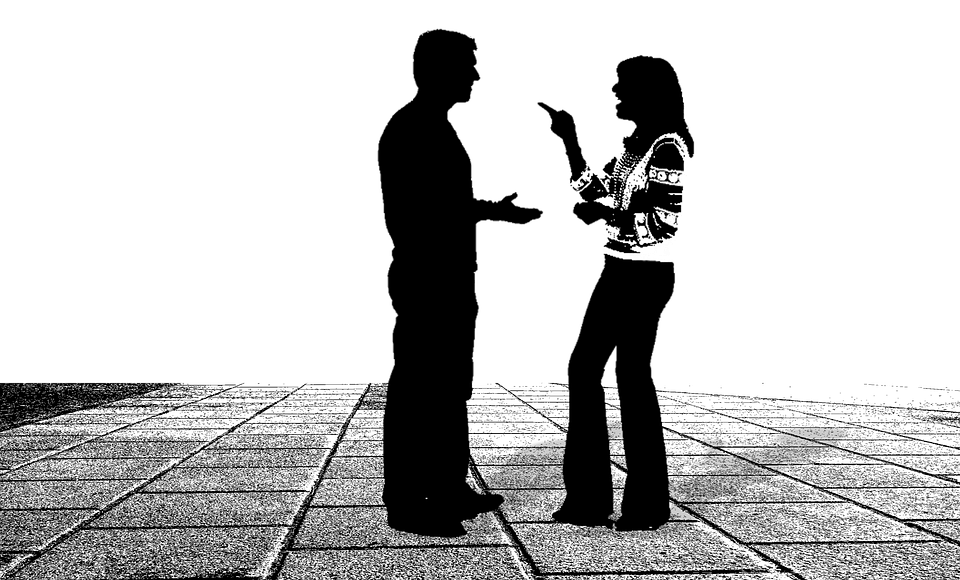This post is also available in Dutch.
Gestures accompany speech in many languages across the world. Findings from a recent study revealed new insights on why people gesture the way they do.

‘Gesturing while speaking’ (License: CC0 1.0)
Do you pay attention to your hands while you talk? I’m sure your hands accompany your speech, because (co-speech) gestures occur in all languages around the globe. Note that speakers of different languages gesture differently. For example, my roommate is Italian and gestures in a different manner (e.g., more or less gestures) compared to a German speaker like me. Do our gestures emerge from watching how other speakers gesture or does it come from the language itself?
A recent study found an answer to this question by inviting blind and sighted speakers whose native language was either Turkish or English. Before I tell you what these researchers found, let’s first take a look at what they did.
The method
The researchers recruited blind and sighted speakers who had either Turkish or English as a native language three dimensional landscapes containing figures that depicted a dynamic event; such as “the boy is running towards the girl” (we call this a motion event). Blind individuals and blindfolded-sighted individuals explored the scenes using their hands to touch and feel components. After exploring the scene, English and Turkish blind and sighted speakers were asked to describe it.
Why compare English speakers with Turkish speakers?
These two languages are representative of two broader language groups found across the world. English has a language pattern similar to languages such as German, Dutch, Swedish, Russian, while Turkish is similar to French, Spanish, Greek, and Hebrew. The difference between these two language groups concerns how motion events are described. For example, when describing a scene of someone going up the stairs, an English native speaker would say “a person is walking up the stairs”. Here, they mention the manner (walking) and the path (up the stairs) of this motion event. In contrast, a Turkish speaker would say something like “the person is ascending the stairs”, whereby they only mention the path while the manner is mentioned indirectly. This difference in description is not only found in speech, but also in gestures. For example, to describe the aforementioned situation, in a single gesture English speakers depict ‘walking’ (the manner of this action) and ‘(up) the stairs’ (the path of a motion event), whereas Turkish speakers produced separate gestures to express manner and path.
The results
Do blind people gesture? What do you think? In fact, in this recent study, they showed that the blind individuals gestured the same way as the sighted individuals. Since blind speakers are not able to learn to gesture by copying (watching) other speakers, this suggests that gestures do not stem from copying and learning from others, but are part of one’s native language.
To summarize, amongst native speakers of a language, seeing is not a requirement for a blind individual to gesture, they do so just like sighted individuals. So, it seems that you communicate not only with your mouth, but also with your hands; gestures accompany speech and vary across languages.
More information:
Article on Kennislink (in Dutch)
Article in the Dutch newspaper “de Volkskrant” (in Dutch)
Article in an American journal
This blog has been written by Francie Manhardt. She is a PhD student working within the Multimodal Language and Cognition Group at Radboud University Nijmegen. Her research focuses on relations between spatial language and cognition in bimodal bilinguals.?
Edited by Nietzsche.
